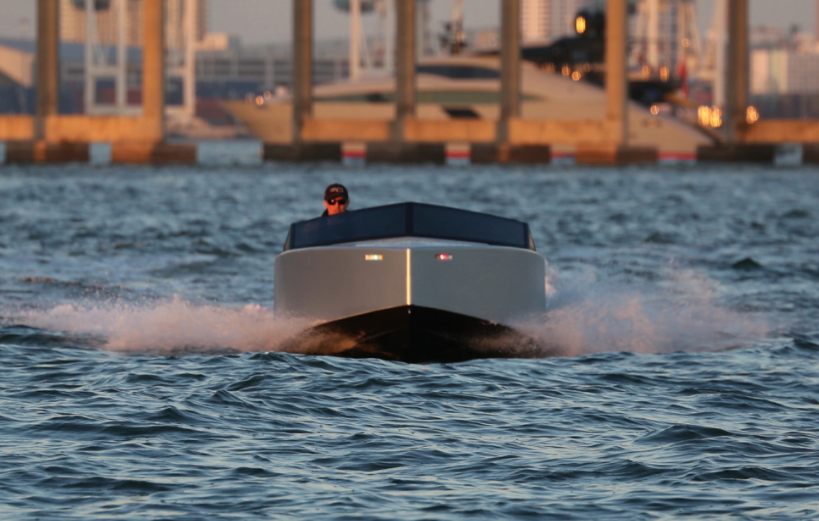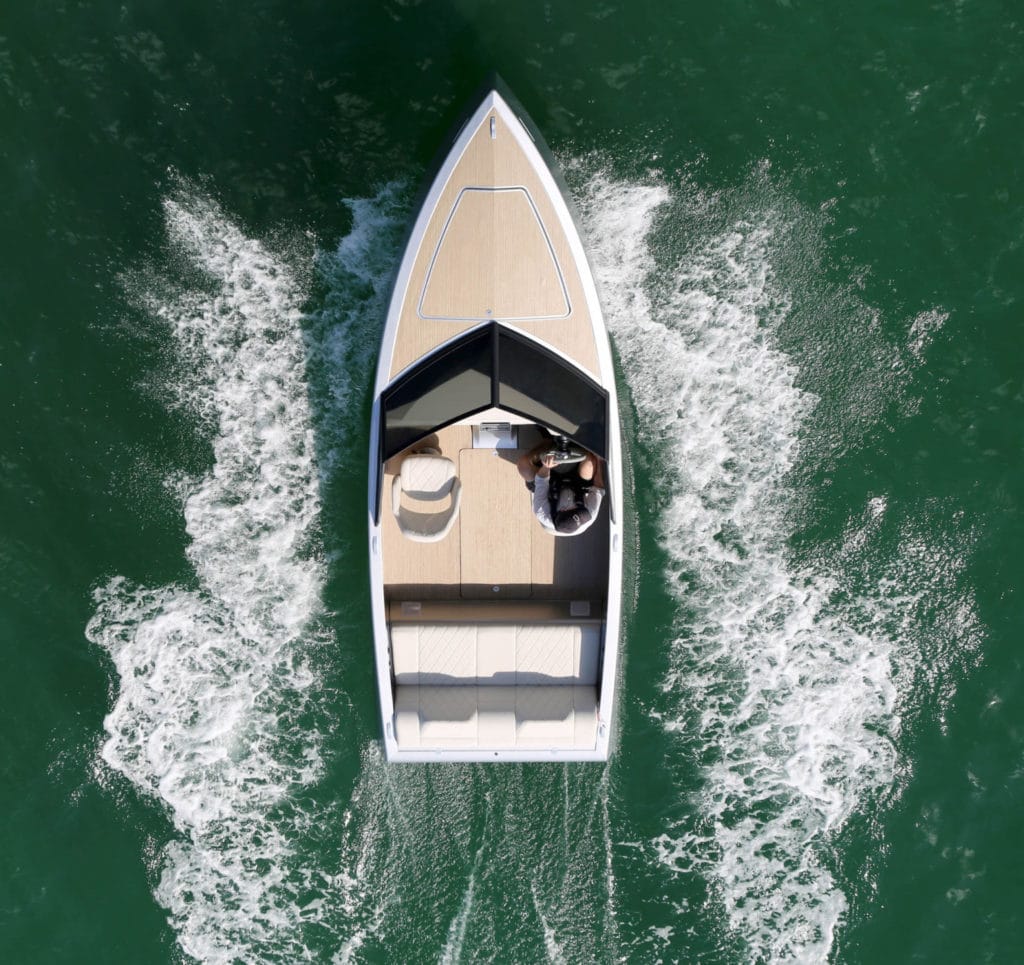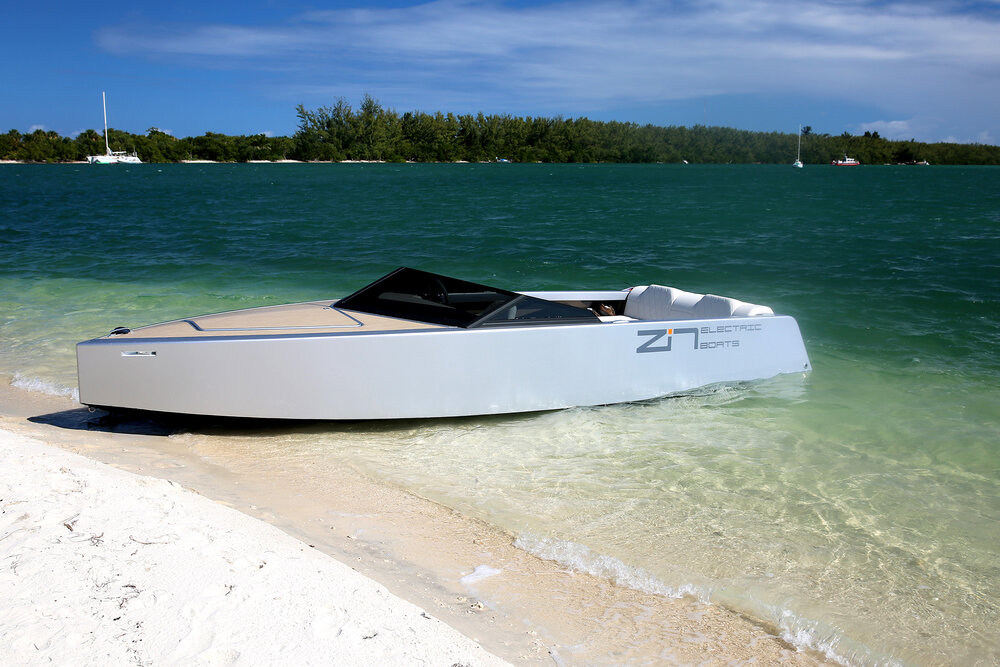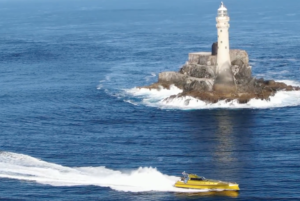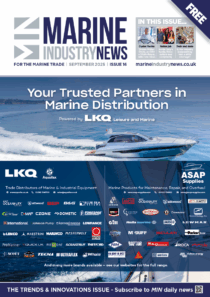Zin Boats reinvents the electric speedboat

Seattle startup, Zin Boats, wants to show, as Tesla did with cars, that an electric boat can be not just better for the planet, but better in almost every other way as well.
“I realised that there isn’t such a thing as a boat company anymore,” says Piotr Zin, the company’s namesake. “Part of what we do is to build that shell that holds everything, and it happens to be moving through the water, which makes it a boat, but that’s really where the boating part of it ends. It’s really a technology hub, and my company is not just a boat company, it has to be a technology company.”
With a minimalist design, built almost entirely from carbon fibre, the 20-foot Z2R is less than half the weight of comparable craft, and travels about a hundred miles on a charge, according to Devin Coldewey writing for Tech Crunch.
Zin has been designing racing sailboats for 20 years, while working in industrial design at BMW, GM and other major companies. Soon after settling down on a houseboat on Seattle’s Lake Union, he realised that the waterways he had enjoyed his whole life might not exist for the next generation.
“The reason I started working on electric boats specifically is because I had a kid, and I had a come-to-Jesus moment,” says Zin. “I realised, if we’re not going to do something personally about the quality of the water we live in, it’s not going to be here when my kid is my age.”
Traditional gas-powered boats are very much a product of the distant past, like running a ’70s-era car half underwater. Surprisingly, electric boats are equally old. Like electric cars, they enjoyed a brief vogue in the early 20th century. And likewise, they were never considered viable for “real” boating until quite recently.
Like most things, it comes down to physics: “The power required to move a boat, versus the power to move a car, is absolutely enormous,” Zin explains. “It’s like driving a car in first gear at full throttle all the time.”
That level of draw limited electric boats to being the aquatic equivalent of golf carts, according to Tech Crunch.
What changed everything was the increasing density and falling cost of lithium-ion batteries. The Z2R uses BMW batteries mated to a custom Torqeedo engine, and at cruising speeds (say 15 knots) can go a hundred miles or more. It recharges using anything from an ordinary wall plug to the high-amperage charging cables found at most marinas, in which case it will put another 50 miles in the tank while you eat a sandwich.
Considering traditional boats’ fuel efficiency and the rising price of marine gas, going electric might save a boat owner thousands every year. (Maintenance is also practically non-existent – Zin advises hosing it down once in a while.)
But it’s also more than capable of going extremely fast.
“The top speed is way over 30 knots,” Zin says. “We tested this boat to 55, but decided not to sell that to people. It’s just insane.
“The boat was designed around the battery. The unique part of using an electric system is we can put the motor anywhere we want,” Zin says. By sitting it flat on the bottom, the centre of gravity is lowered, and weight distribution evened out compared to most speedboats.
“You look at a lot of traditional boats’ builds, they kind of cram everything in the back. Then when you put the hammer down, you can’t see anything for five seconds. In this boat, there’s no bow rise — it sits flat.
“Boat building is a very traditional business. Most builders aren’t about innovation, they’re about ‘this is how we do it’,” Zin says. “But there’s a huge advantage in being able to use these tools. The computing power that we have in video cards just in the last few years, mainly because of the gaming industry, has pushed what’s possible further and further.”
The target consumer is one who has money and an eco-conscious outlook — either of their own or by necessity.
“There are a lot of inquiries from Europe, where the environmental restrictions are stricter than in North America. But we also have a number of pristine lakes that are electric-only for the purpose of keeping them clean,” says Zin. “So if you live on a lake in Montana that’s electric-only, you have the option to go at five knots, and you can’t even cross the lake because the boat is so slow, or you can have a fully functional powerboat that you can water ski behind, the same speeds you get in a gas power boat, but it’s absolutely emissions free. I mean, this boat is as clean as it gets — there’s zero oil, zero gasoline, zero anything that will get into the water.”
Read the full article in Tech Crunch.

